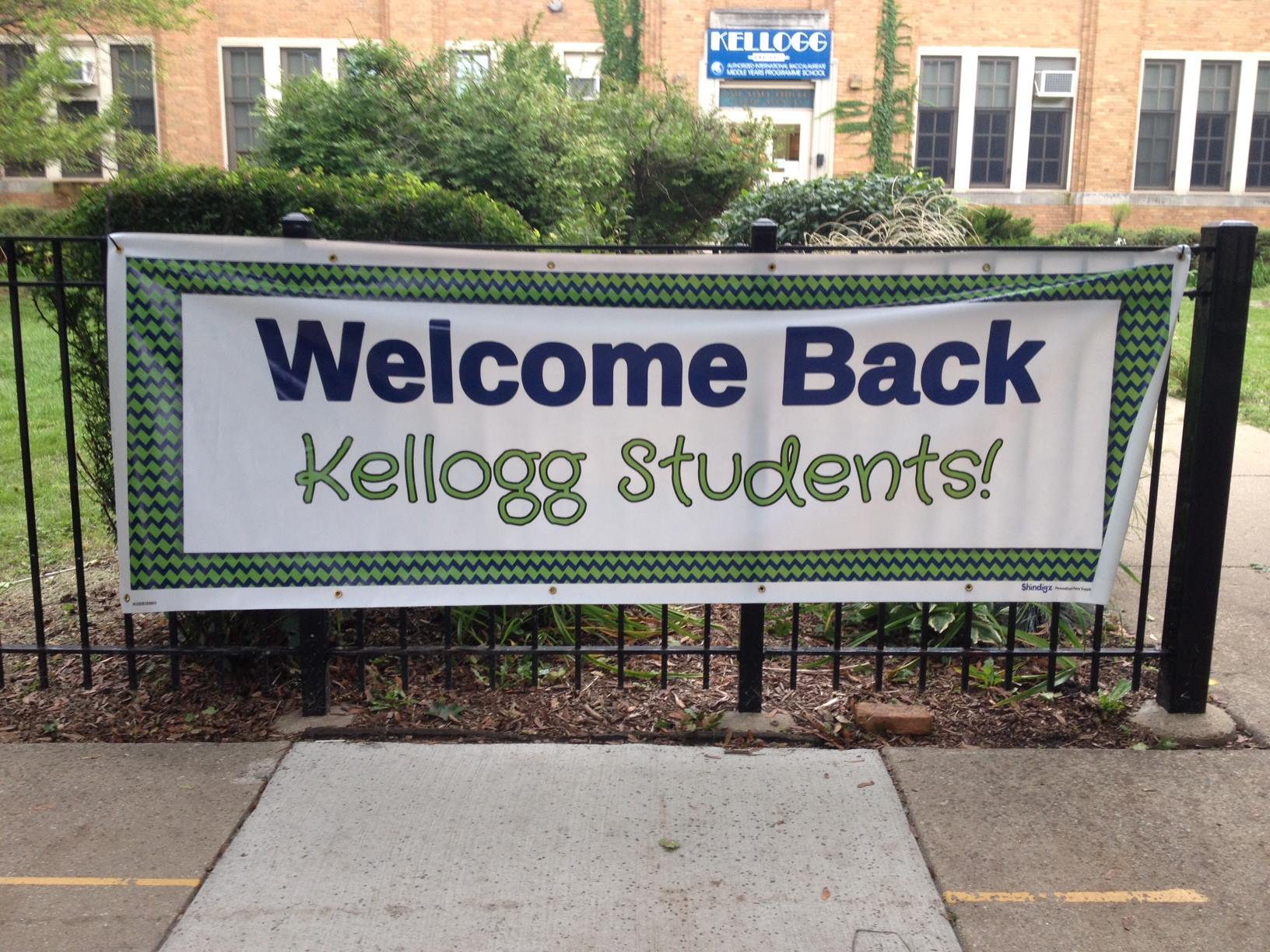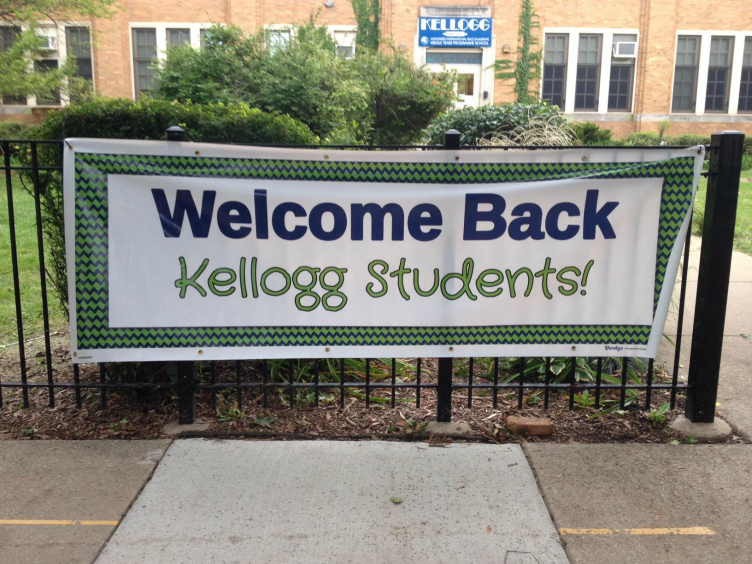If you don’t live in the 19th ward of Chicago, you might not know there’s a plan to close and restructure some of the schools in our neighborhood in an effort to solve overcrowding at another. The current plan would close a high-performing school, is short on details of how any schools would benefit and is being pushed through without significant community input.
I wrote an op-ed about it for the The Beverly Review but in the interest of it finding the widest possible audience, I’m also posting it publicly here.
—
I am a resident of Morgan Park and a board member of the Southwest Chicago Diversity Collaborative, a group dedicated to preserving diversity within Beverly, Morgan Park and Mt. Greenwood.
The discussion about 19th Ward Ald. Matt O’Shea’s plan to restructure or close public schools in the 19th Ward has dominated local news, Facebook groups and meeting places—and rightly so.
Strong, diverse, neighborhood schools are the backbone of great communities; they support larger initiatives around housing, safety and business development. We have high-performing schools here.
Our ward is not in a crisis. However, it’s clear we need to do more to offer quality education for all.
Through a series of public meetings, many residents voiced concerns about overcrowded schools, inaccurate data and implications for the diversity of our neighborhood. There has been significant discord, but most agree that while elementary schools like Mt. Greenwood and Esmond appear overcrowded or in need of repairs, the plan to close Kellogg Elementary School (a 1+ school), overcrowd Sutherland Elementary School and move Keller Regional Gifted Center is not the right solution.
Too many questions remain unanswered, and the heated discussion threatens to divide our ward into competing interests. We need to come together to serve our children’s educational needs.
It’s time to hit the reset button on this discussion. While O’Shea deserves credit for an attempt to fix a looming problem, this issue is too important to not have members of the community crafting a solution.
A task force of school administrators, local school council members and community representatives should work with the alderman to find an equitable solution that solves our schools’ resource issues while minimizing the disruption to our students and preserving the hard-won diversity that makes our community great.
In addition, our community needs more transparency around the data used to determine whether our public schools are underutilized, overcrowded or experiencing declining enrollment. Using competing data sets from the Chicago Public Schools (CPS) or U.S. Census clouds the issue.
One of the task force’s first goals should be to agree upon the best set of numbers to guide its work and make these figures easily available throughout public discussion. Enrollment audits of all schools should also be completed.
Time is critical. State law mandates that CPS release an annual set of draft guidelines on Oct. 1 to guide any school co-locations, boundary modifications or changes in access to high-quality education. A 21-day community feedback process follows the draft’s release. CPS then issues a final set of guidelines on Dec. 1.
For me, this discussion has been a struggle. On one hand, I have a responsibility to support our neighborhood schools as a parent and a resident of this community. On the other, my child attends Catholic school because my family is one of many in our area who seek a faith-centered education. I am sure others have experienced similar feelings and wonder how best to support our neighbors. These are personal decisions, guided by many factors.
While the public school communities most affected by this decision should take the lead on the task force, it is essential that all residents of the 19th Ward make themselves aware of the issues at stake and participate in the discussion. Regardless of your affiliation, the strength of our public neighborhood schools has a direct correlation to the economic vitality of our community and requires all of us to be a part of the solution.
Despite an effort to provide money and resources to Esmond Elementary School, this plan would close Kellogg—a high-performing school—and therefore reduce access for students of color within school boundaries and outside of them. It’s important for us to note that policies adversely affecting people of color are not always intentionally motivated by racism. Regardless, we should not ignore the potential outcomes of this current plan.
Moreover, an Options for Knowledge program that draws a small number of youths from outside of the school boundaries—but often still within our ward—and provides a high level of education to those who might not otherwise receive it does not disqualify that school from being a neighborhood school. Many of us are raising families in this community because of its diversity, and it’s important to us to preserve it, including the educational opportunities it provides.
It’s clear this plan—however well-intentioned—has unintended consequences that we must avoid. Even parents whose schools stand to benefit the most have concerns.
A multi-part solution is required to solve myriad problems within our public schools while keeping high-performing ones available to those seeking them. We are all the 19th Ward. Together we can find a solution that best serves the children in our schools.
However, more community participation, data transparency and honest discussion must be had before we do.
Scott Smith

